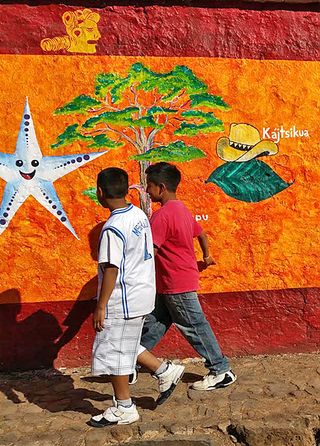
Adolescent boys walk the length of Santa Fe de la Laguna's Purépecha vocabulary-teaching wall. See the sombrero (hat) to their right? In Purépecha, it's kájtsikua. Just as in Spanish, a written accent over a letter in a word means that the stress of pronunciation falls on that letter. KAJ-tsi-kua.
Last week, Mexico Cooks! taught you the Purépecha names of various animals and insects. Today, we're going into the home and its garden to learn a few more words for common household items. All photos by my travel companion, Pamela Gordon, unless otherwise noted.

Native Mexican comestibles from the milpa (family food-growing parcel of land) include the calabaza (squash). In Purépecha, it's purhu.
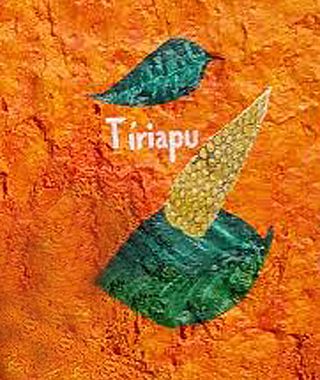
Purépecha cooking includes the use of several varieties of yellow, red, white, or blue corn, all native to Michoacán and all grown in the milpa for family use. Each portion of the corn plant from tassel to stalk has a name; this elote (fresh ear of corn) is tíriapu.
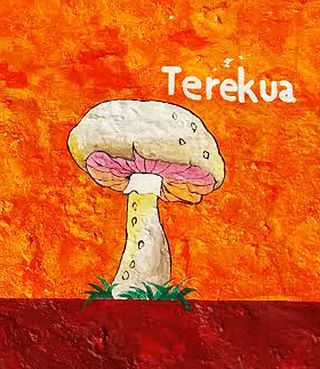
Many species of wild mushrooms appear during Michoacán's summer rainy season. Here's an hongo silvestre (wild mushroom)–terekua—a common ingredient in soups and Purépecha guisados (stew-like dishes).

Handmade cucharas de madera (wooden spoons)–yurhesï–are some of the most-used utensils in a Purépecha cook's battery of equipment. Remember that the umlaut over the letter 'i' changes the pronunciation of the letter 's' to 'sh'. Yurhe-shi.
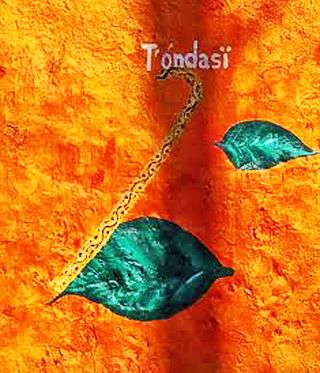
Here's a hand-carved bastón (cane). Now you know that in Purépecha, it's a t'óndasï. This type cane is commonly used by people who need aid for their balance or gait, and by dancers who use canes as part of their costumes.
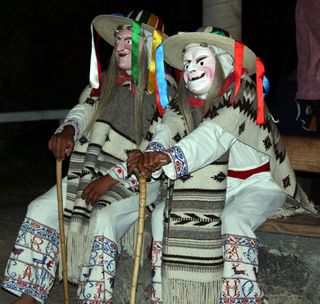
Michoacán's iconic dancers, complete with t'óndasï: la Danza de los Viejitos (the Dance of the Little Old Men). Photo courtesy Google Images.
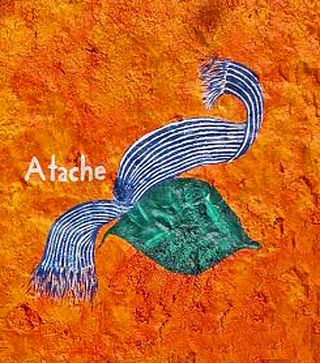
A rendering of the Purépecha woman's typical rebozo (rectangular fringed shawl): in Purépecha, atache. The atache has multiple uses: wrap yourself in it for warmth, fold it and put it on top of your head for shade, use it as a scarf, and wrap it around yourself in different ways to carry firewood, purchases from the market, large and bulky items, and most especially, a baby. Babies are wrapped close to their mothers' bodies from the time they're born until they are mid-toddler age. The legend of this
rebozo tells us that the blue is the blue of the Spanish eye, the black is the black of the Spanish hair, and the white is the ray of the sun.

You know the old adage: a new escoba (broom) sweeps clean. In Purépecha, it's a p'ankua. This charming painting lets you believe that the brand-new broomstick still has a leaf attached!
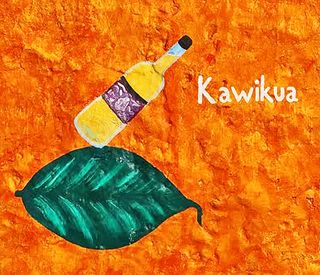
Ah, kawikua (hard liquor)! In Michoacán, we make and drink charanda (a very strong sugar cane liquor), mezcal (made from maguey cactus), and to a lesser degree, tequila. Here's an old Mexican toast to repeat as you raise and lower your glass, and before you sip your kawikua: Arriba! Abajo! Al centro! Adentro! (Up! Down! In the middle! And down the hatch!) Today, we're toasting the Purépecha language.
Looking for a tailored-to-your-interests specialized tour in Mexico? Click here: Tours.
Leave a Reply